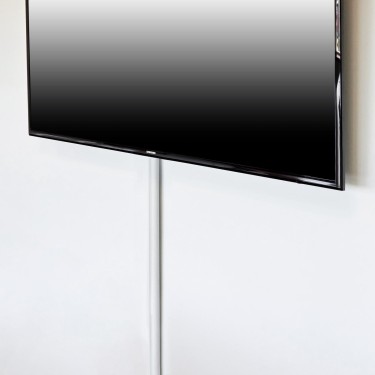You're following all the best organizing advice. Why isn't it working? Here are five popular tips to drop, and what to try instead.
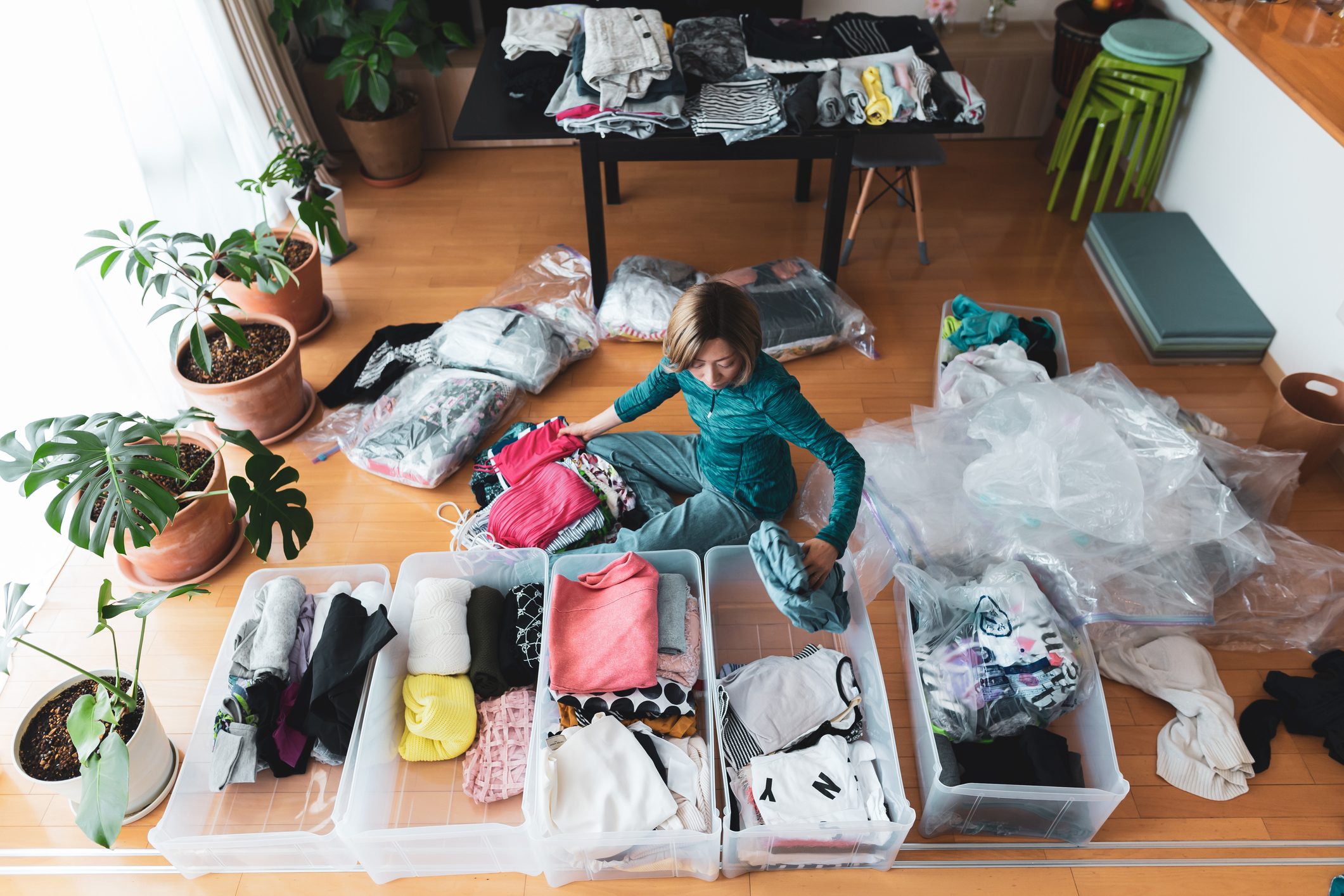
Stop Doing Everything the Organizing Gurus Recommend
Marie Kondo. The Home Edit. Cassandra Aarsen. All have popular TV shows, books and social media channels, and all have great organization tips. But are their solutions the only solutions?
Absolutely not.
In many cases, the systems touted by popular celebrities and influencers are based on what works best for them or a particular type of client, rather than what works best across the board. That’s according to Darla DeMorrow, owner of HeartWork Organizing.
Sure, it’s OK to take celebrity advice or use their tips. But don’t force yourself to use methods that don’t work for you, says Jeffrey Phillip, a professional organizer based in New York. It’s entirely possible to be impeccably organized without employing any trendy advice you see on TV.
Do this instead: Instead of convincing yourself that there’s only one way to get organized, pick and choose the guru tips that resonate with you. Then forget the ones that lack appeal. You can also take tips from non-gurus, like an ultra-organized friend.
“(I recommend) customizing your organizing solutions to the way your house works, the way your family thinks and the way your family operates,” says DeMorrow, adding that’s going to look different for everyone.
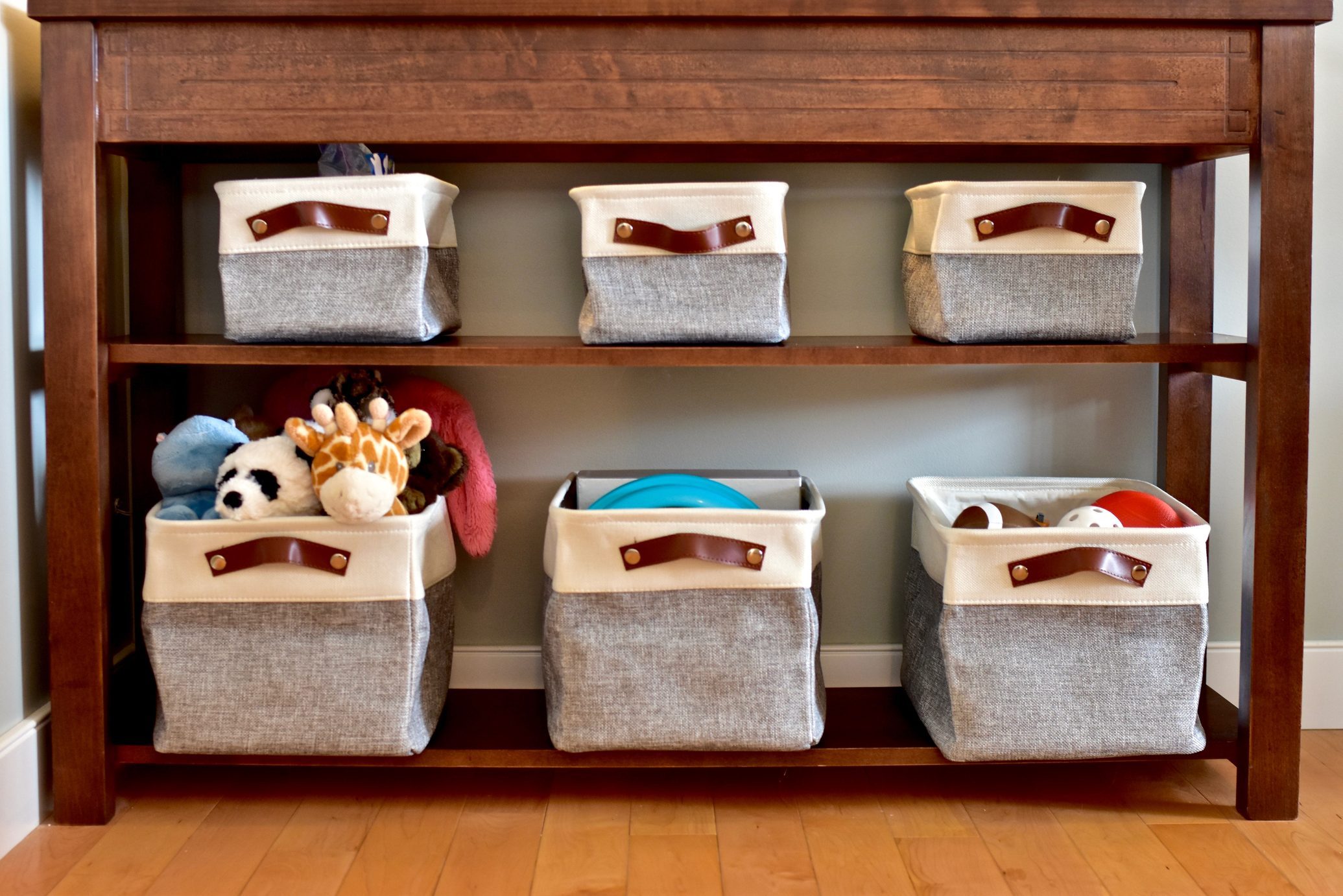
Stop Thinking Plastic Bins Will Make You Organized
Plastic storage bins come in so many sizes, and you can find them just about anywhere. It’s easy to fall into the trap of thinking a few more bins will help you get all your junk or belongings organized.
Though sleek-looking plastic containers are trendy, DeMorrow says buying more bins is not the answer. In reality, Phillip says it’s an expensive habit that can potentially lead to more chaos.
“I often see people putting unrelated things in a bin and calling it organized,” he says. “While they have put items away so that their home is neat and tidy, they haven’t separated (or) categorized (their things).”
This, he adds, keeps people from enjoying the benefits of being organized — saving time, space and frustration.
Do this instead: Before heading to the store for more containers, look around your house for things you already own that could be turned into storage vessels. Sturdy shoes boxes, wooden crates, baskets and glass jars all fit the bill.
If you must buy something new, figure out exactly what you need so you don’t come home with too many containers. Then be thoughtful about what you put in each one. You want to find what you need when you need it.
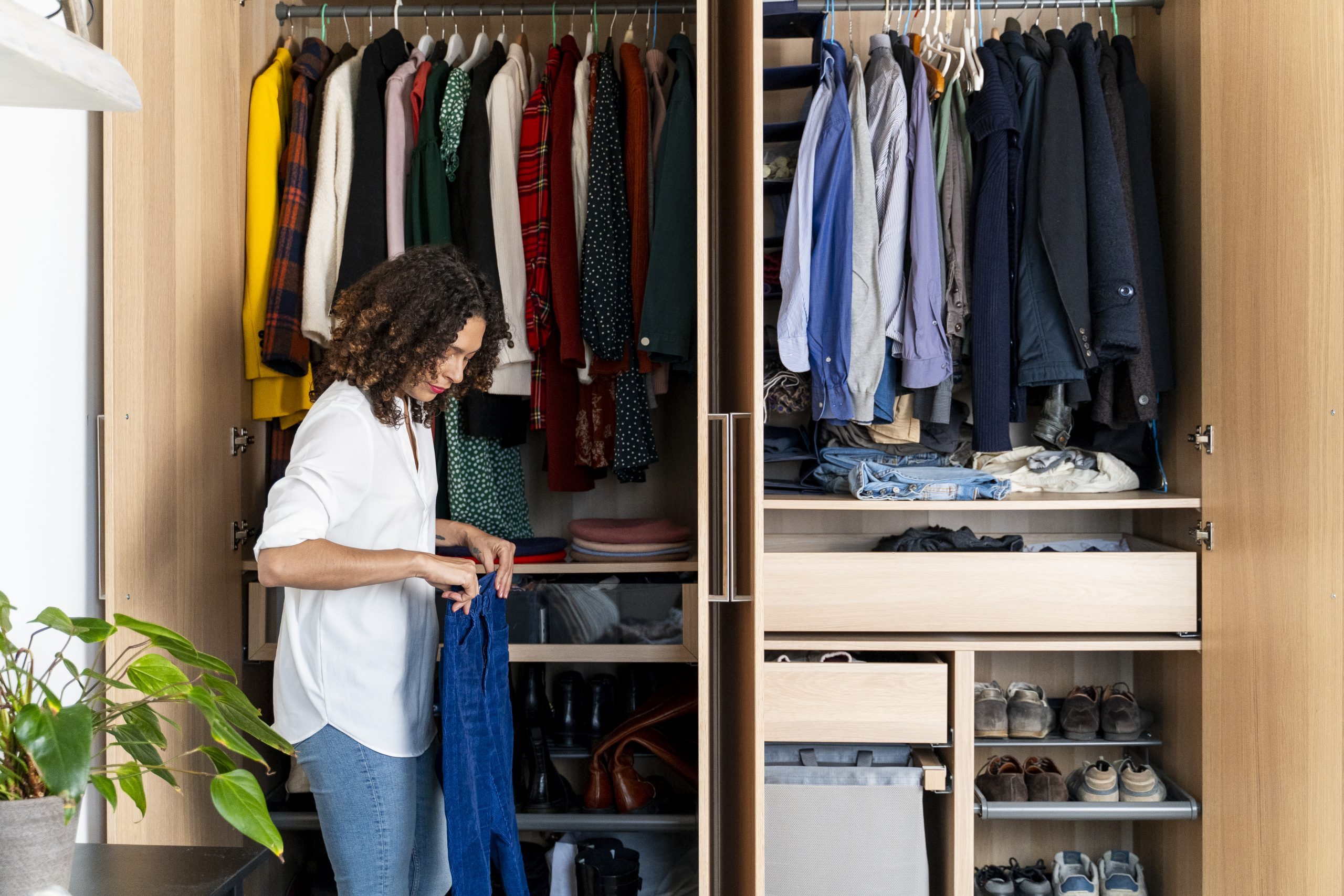
Stop Organizing Everything by Color
Has your Instagram feed convinced you that organizing everything by color is the Holy Grail? If so, we’ve got good news — it isn’t. It’s just one way, and Phillip says it doesn’t have to be your way.
“Organizing by color can be effective, and beautiful, in the correct situation,” he says. “However, this is not a one-size-fits-all solution, especially since the way we think (about) and remember things can vary from person to person.”
Do this instead: If lining up all of your shirts in rainbow order or storing all the blue craft supplies in the same receptacle doesn’t bring you joy, skip it. You’ll be much happier if you categorize and arrange in a way that looks and feels right to you. Whether that’s by function, genre, author, user or letter of the alphabet is your call. It’s your space. Truly, anything goes.
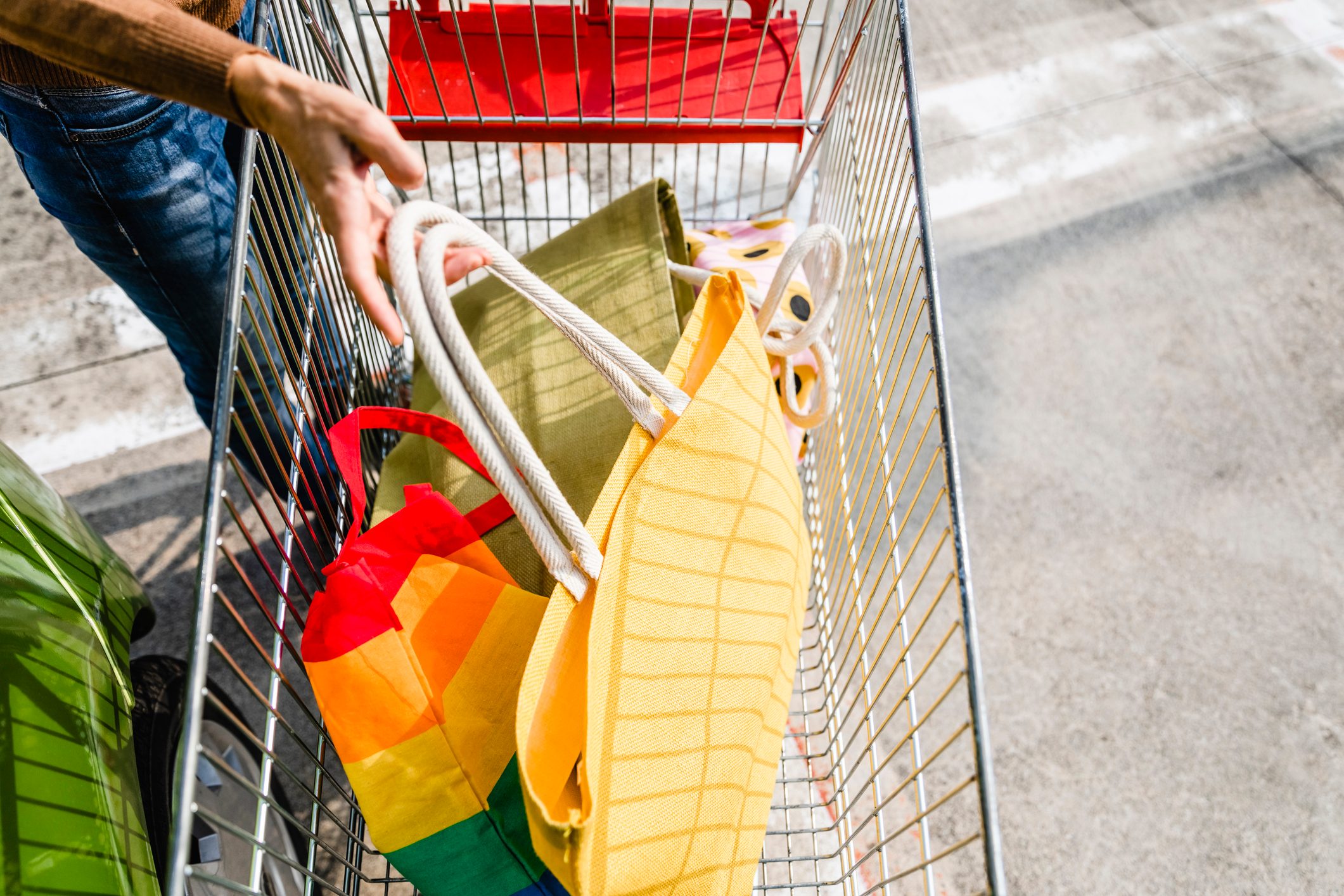
Stop Constantly Purging
Removing items you no longer like, use or need from your home isn’t a bad thing. But filling up and discard an entire garbage bag each week for a year just because the decluttering challenge you signed up for said to do so? That’s another story. DeMorrow says habitual purging is not the same thing as organizing.
“It is exhausting, and it trains people to think that the answer to organizing is trashing your stuff,” she says. You may even find yourself getting rid of things you really want to keep, only to regret it later.
Do this instead: DeMorrow recommends a reverse approach to purging. “Start organizing at the store,” she says. “Buy less, so you have (less) to organize.”
This tactic is not only better for your wallet, but also better for the planet. It keeps you from throwing things away for the sake of it. “You are reducing your intake instead of increasing trash,” she says.
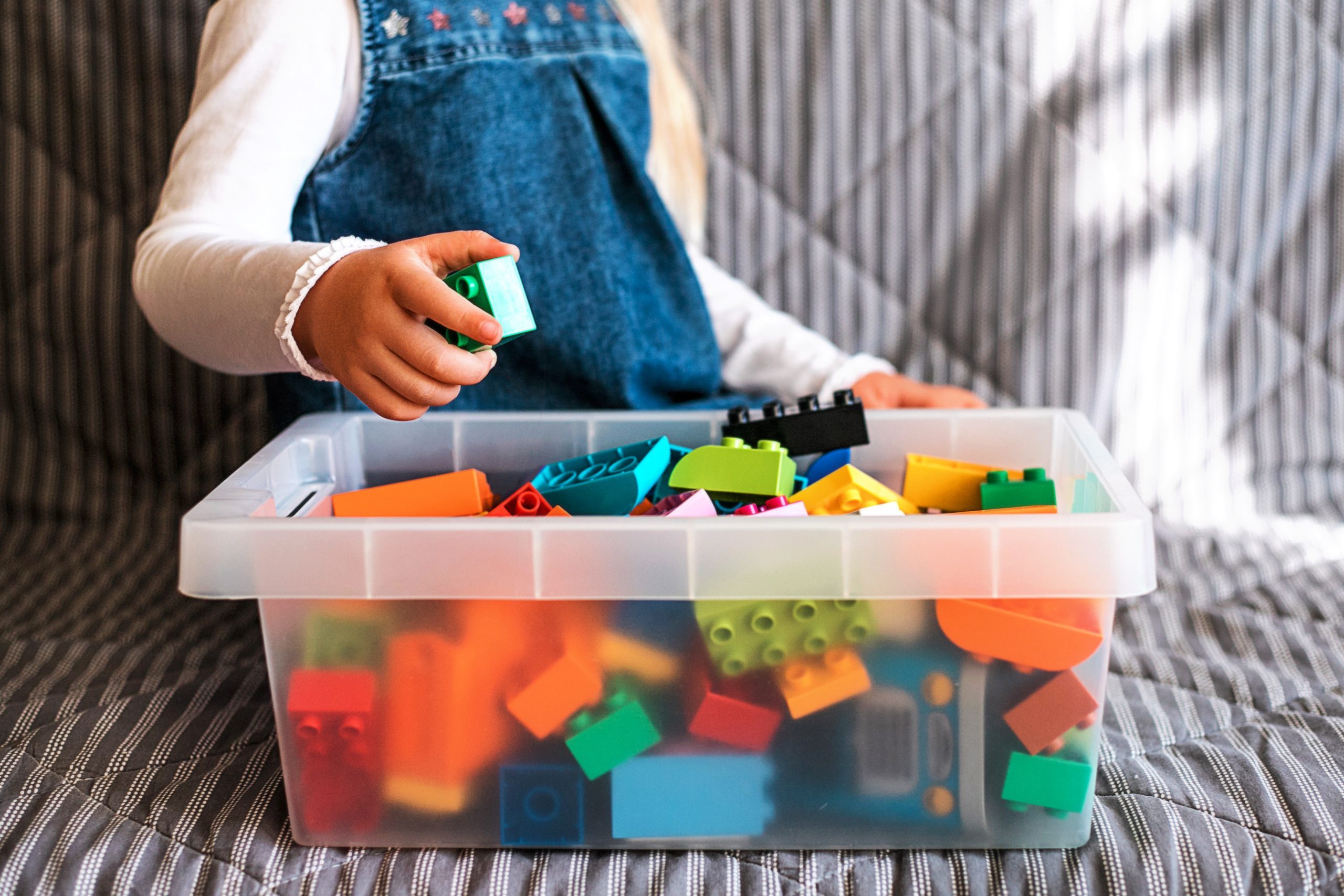
Stop Trying to Organize Kids’ Toys Your Way
Popular organizing advice often focuses on the solution that works best for the individual doing the organizing, rather than individuals using the space. Parents are told to sort Legos by color or arrange picture books by size. Why? Because that’s an effective way for (some) parents to organize their belongings.
But when it comes to kid stuff, DeMorrow says these things are pointless. “Do not spend one brain cell (on this),” she says.
The main reason it doesn’t work? Simple — it won’t stick.
Most kids won’t return the Legos to the correct bin when they’re done playing, and they certainly won’t make sure the books are neatly stacked on the shelf, either. There’s only one thing an attempt to implement a color-coded Lego storage system in the playroom will give you — a guarantee you’ll be sorting and resorting those Legos yourself, day after day.
Do this instead: No matter which area of the house you’re organizing, consider the needs of the other people who live there. Solicit their input and come up with solutions that work for everyone — or, at least, everyone with a vested interest in that room. Then, after everything is organized, show them what you did, explain why you did it that way and ask them to maintain it to the best of their ability.
With kids, this means implementing systems appropriate for their ages and stage. A preschooler is probably capable of putting all the Legos in a bin, as long as they aren’t required to do any complex sorting.


